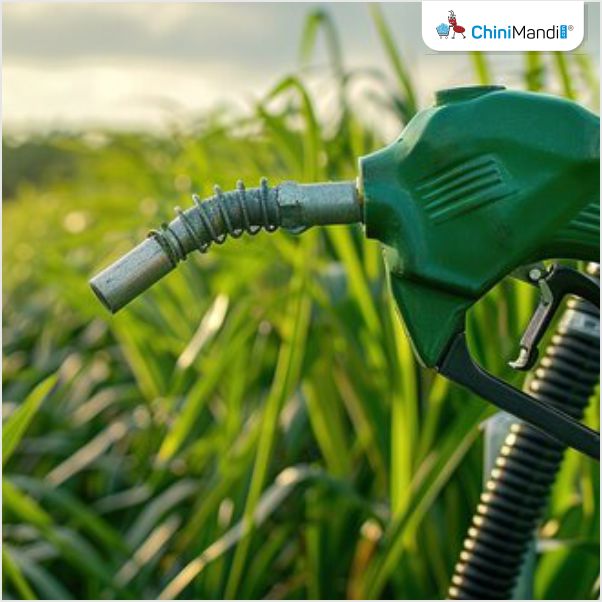The Brazilian sugarcane industry association, UNICA, has reported that the sugarcane harvest in the second half of April was negatively impacted by rainfall. As a result, sugarcane ethanol production declined during this two-week period, though corn ethanol production continued to grow.
Mills in Brazil’s south-central region processed 17.73 million metric tons of sugarcane in the second half of April, marking a 49.35% decrease compared to the same period last year. Since the start of the current harvest season on April 1, total sugarcane processing has reached 34.26 million metric tons, down 32.98% compared to 2024.
During the same period, ethanol production totaled 985.12 million liters (260.24 million gallons). This includes 699.14 million liters of hydrous ethanol, a 36.82% decline, and 285.97 million liters of anhydrous ethanol, which dropped by 31.53%. Ethanol derived from corn accounted for 358.87 million liters, or 36.43% of total production, reflecting a 22.58% increase compared to the previous year.
Total ethanol production since the start of the harvest season has reached 1.9 billion liters, representing a 19.03% decline. This includes 1.44 billion liters of hydrous ethanol (down 19.58%) and 465.09 million liters of anhydrous ethanol (down 17.29%). Corn ethanol contributed 716.9 million liters, up by 31.26%.
In terms of sales, mills in the region sold 2.77 billion liters of ethanol in April, a decrease of 3.46% compared to April 2024. Sales consisted of 946.6 million liters of anhydrous ethanol, which saw a 2.83% increase, and 1.83 billion liters of hydrous ethanol, which fell by 6.43%.
Domestic ethanol sales in April totaled 2.71 billion liters, down 2.44% compared to the same month last year. This included 1.81 billion liters of hydrous ethanol (down 4.09%) and 904.91 million liters of anhydrous ethanol (up 1.04%).
Export sales dropped to 59.03 million liters in April, marking a 34.83% decline compared to April 2024. Export sales included 17.19 million liters of hydrous ethanol, a sharp drop of 73.75%, while anhydrous ethanol exports rose to 41.86 million liters, an increase of 66.7%.

















